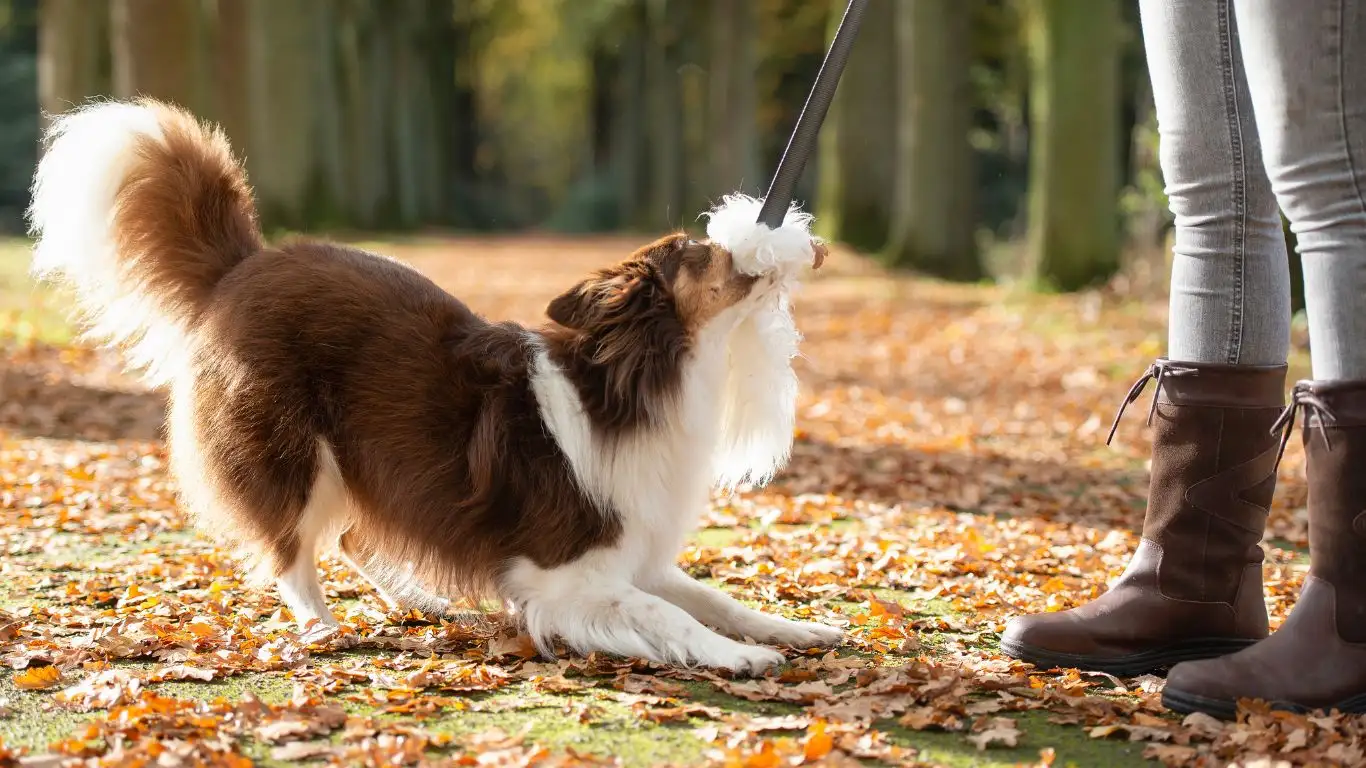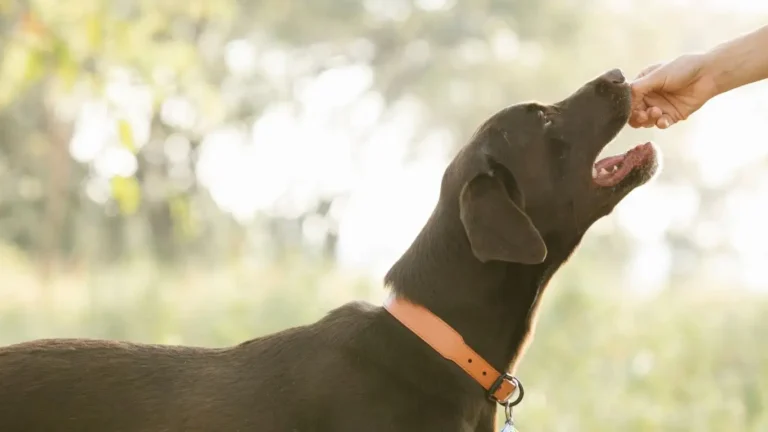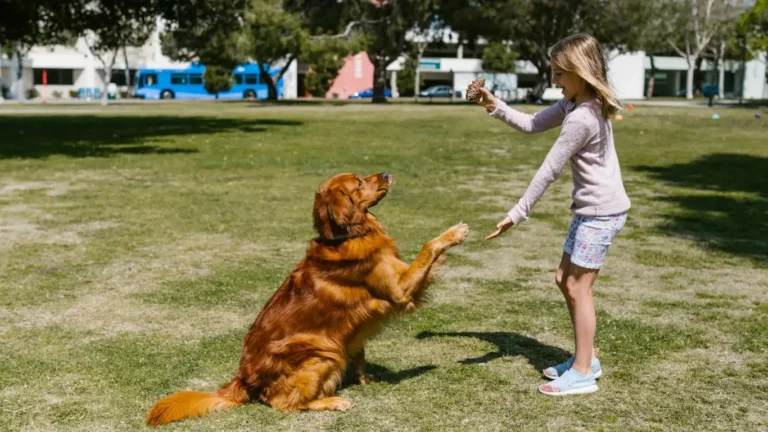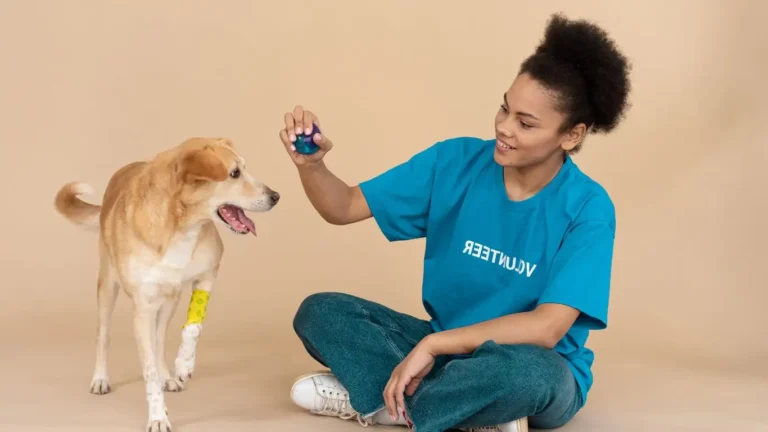Struggling at Stores? How to Train Your Dog to Stay Calm
Training a dog to remain calm in grocery stores is a journey that takes time, patience, and a gentle understanding of your dog’s emotional needs. It isn’t about forcing stillness, but rather helping them feel safe, focused, and confident in an unfamiliar, often overstimulating environment.
Grocery stores are filled with strange smells, slippery floors, loudspeakers, carts, and unfamiliar people. These factors can be overwhelming for dogs who aren’t used to such environments. A calm response doesn’t come naturally for most—especially without proper training and socialization.
This article will walk through key behaviors to look for, what might be causing stress or overexcitement, and how to gradually help your dog become more at ease in public indoor spaces.
Signs and Symptoms
Understanding how your dog reacts in these environments is the first step. Dogs communicate their discomfort in many subtle—and sometimes not-so-subtle—ways.
- Whining or barking excessively
- Pacing or pulling on the leash
- Trembling or hiding behind their handler
- Excessive sniffing or distraction
- Refusing to move forward or freezing in place
- Trying to jump on people or grab food items
These behaviors aren’t about disobedience. They’re signals that your dog is overwhelmed or uncertain. Recognizing these early signs can prevent stressful situations from escalating.
Causes
There are a variety of reasons a dog might struggle to stay calm in a grocery store. Understanding these can help you approach training with empathy and effectiveness.
- Under-socialization: Dogs who haven’t been exposed to busy public spaces during their critical socialization window (around 3-14 weeks of age) may find grocery stores especially stressful.
- Overstimulation: Bright lights, echoing voices, carts rattling, and the mix of food smells can easily overload a dog’s senses.
- Fear or anxiety: Some dogs have generalized anxiety or fear of specific things, such as loud noises or slippery floors.
- Lack of training: Basic cues like “sit,” “stay,” and “heel” are vital, but in high-distraction environments, these need to be practiced gradually and consistently.
- Previous negative experiences: A bad experience in a store—such as being stepped on or yelled at—can leave lasting associations.
In some cases, dogs may be naturally more sensitive due to genetics or past trauma. Not every dog will be suited to public indoor spaces, and that’s okay too.
When to Get Help
If your dog shows strong signs of fear, panic, or aggression in public spaces, it’s important to seek professional guidance. These aren’t just training issues—they could point to deeper emotional challenges.
- Your dog growls or lunges at people or other dogs in stores
- They refuse to enter the building, even with encouragement
- They shut down—freezing, trembling, or hiding
- They ignore all commands despite previous training success
In such cases, a certified professional dog trainer (CPDT-KA or similar) or a veterinary behaviorist can help build a plan that focuses on desensitization and confidence-building.
Treatment and Training
Training a dog to be calm in grocery stores is about setting realistic expectations and building up gradually. The process is not one-size-fits-all, but there are general guidelines that tend to work well for many dogs.
Start Outside the Store
Begin by training your dog in calm, familiar environments. Practice basic cues and leash manners at home or in your yard. Once these are solid, move to parking lots or sidewalks outside grocery stores.
- Reward your dog for calm behavior as people walk by.
- Keep sessions short—just a few minutes at first.
- Use high-value treats your dog doesn’t usually get.
This phase builds confidence and helps your dog associate the area with positive experiences.
Train with Short Indoor Visits
When your dog is ready, and if the store allows pets or is specifically dog-friendly, plan very short indoor visits. Ideally, go during quiet hours to reduce stimulation.
- Enter for just a minute or two at first.
- Practice a few basic cues and reward calmness.
- Leave before your dog becomes anxious or overstimulated.
Gradually increase time spent in the store, always ending on a positive note. This teaches your dog that calm behavior leads to rewards and that stores aren’t something to fear.
Use Management Tools
Depending on your dog’s needs, certain tools can make the process smoother:
- Front-clip harness: Offers more control without causing discomfort.
- Calming vest: Gentle pressure can soothe anxious dogs in new environments.
- Treat pouch: Keeps your rewards handy for reinforcing good behavior quickly.
Avoid using punitive tools like choke collars or prong collars. These can worsen fear and confusion, especially in sensitive settings.
Practice in Similar Public Spaces
If your grocery store doesn’t allow dogs—or your dog isn’t quite ready—practice in similar settings:
- Pet-friendly hardware stores
- Outdoor farmers’ markets
- Quiet retail shops that welcome dogs
- Indoor malls (where dogs are permitted)
Each space adds new challenges that help prepare your dog for the grocery store environment without the pressure of food aisles and crowds right away.
Reward Calm Behavior, Not Just Obedience
Many handlers focus on commands like “sit” and “stay,” but the real goal is calm presence. Watch for moments when your dog is relaxed—loose body, soft eyes, gentle tail wags—and reward those just as much as formal obedience.
Teaching your dog how to settle on command (“go to mat” or “relax”) can be especially helpful in a busy store setting.
Desensitize to Triggers
If specific things cause anxiety—like carts or loudspeakers—gradual exposure at a safe distance can help. This process is called desensitization. Pair the trigger with something your dog loves, like a favorite treat, and move closer only when they remain calm.
Over time, the scary thing becomes a normal part of their world.
Building Trust and Confidence
Ultimately, calm behavior in grocery stores is about trust. Your dog needs to believe that you’ve got things handled, and that they’re safe by your side. That trust is built every day—at home, on walks, and in every interaction.
Training isn’t just about behavior; it’s about relationship. The more you connect with your dog’s needs and emotions, the more they’ll be able to rely on you in new or stressful places.
Final Thoughts
It’s perfectly okay if your dog never becomes a grocery store regular. Not every dog thrives in public indoor settings, and forcing the issue can do more harm than good. But with thoughtful training, gentle guidance, and a foundation of trust, many dogs can learn to stay calm—even in the middle of a bustling store.
If you’re feeling unsure or overwhelmed, don’t hesitate to reach out to a certified trainer. Support is available, and your dog deserves a training plan that meets their individual needs—with kindness at its core.






